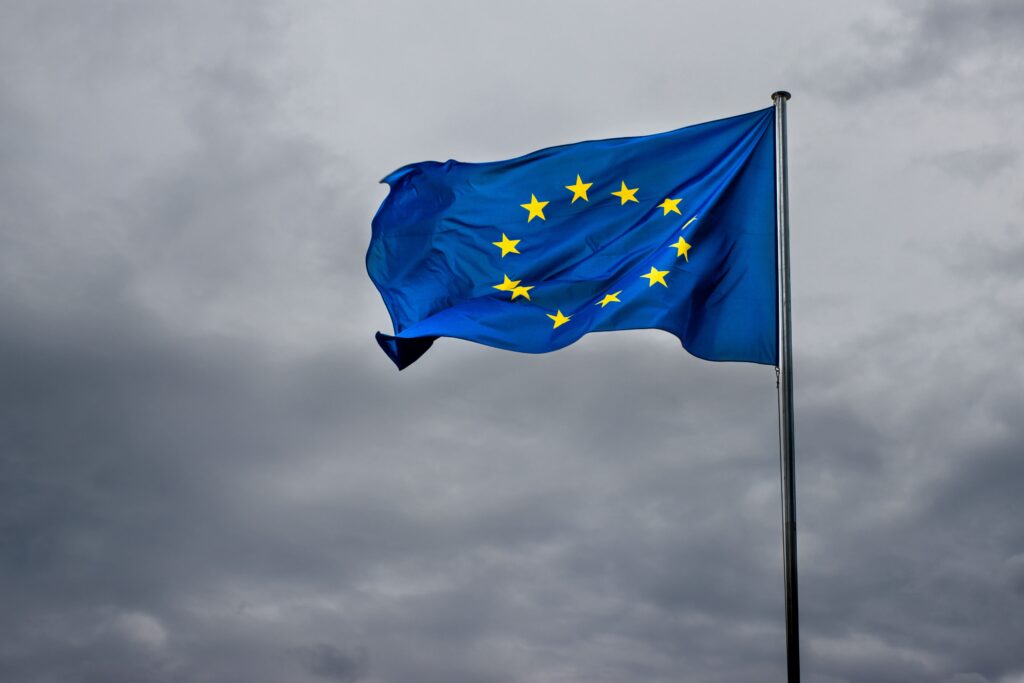These are the maps that have limited tourism in Europe. Which countries do they come from and which countries are on risk alert?
There have been several countries in Europe that have implemented a covid alert system, to protect their nationals. What do these systems consist of? Very simple, in an analysis carried out by the countries of the updated status of the infection rates of other countries, which allows them to determine in what state of risk that country is, and according to this, authorize or not travel to their nationals to that destination or allow nationals of those “risky” countries to enter their territory. In other words, it is an autonomous system that determines whether or not you can visit a certain country, and that in case of being banned due to its “high risk” and still visiting it, you will have to assume the consequences imposed by the government. Many of these consequences range from high amounts in fines, quarantine for a long period of time and even prohibition of entry to the country of origin, in the most extreme cases, such as Australia.
Germany has three maps. Map of general risks, leisure trips and business trips.
Only Germany has three risk maps, the first, prepared by the sectorial medium fvw.de, which has been prepared with data from the Robert Koch Institute, a German public health organization, for the elaboration of this interactive map, uses three elements to be evaluated: General Risk, leisure trips, and work trips. Thus, it shows the conditions of entry to the different countries that must be taken into account by travelers who move for holidays as well as those who do so for work reasons.
The colors are: Green for countries or areas that are not considered risky, red determines a basic risk, yellow a high incidence, blue a very worrying area, to which travel is not recommended at all. The German federal government decides in which color a country or region is classified as a risk area based on figures from the European Center for Disease Control and Prevention (ECDE). This list is updated once a week by the Robert Koch Institute in Germany.
Here we show you the general world map drawn by Germany, with a last update on July 27.
With regard to Spain, it is found with a yellow color, described with a high incidence of travel, previously it has become blue, so the Germans were not allowed to travel to this country, taking strong measures in this regard. . Today, it is a little more flexible for some areas of Spain such as the Canary Islands. Also in yellow color, with high incidence is the Netherlands, Portugal and the United Kingdom. Greece and France enjoy general risks or no risk incidence.
In Africa, Egypt, Libya, Sudan and Tanzania they are in yellow, and in South America, all except Brazil – which is in blue as an area of concern for a variant – and Venezuela, in red (basic risk area)
On the leisure map, unlike the general risk map, use dark green to indicate unrestricted entry. Light green denotes a destination with risks but not as high and yellow or amber denotes a very high risk that it is not recommended to go to. This is the case of Spain and the United Kingdom where it is not recommended to travel at all, and if you do, there will be penalties or restrictions when you return.
For its part, the color red on this map determines the express prohibition of travel. Here is the updated map.
For its part, the third and last German map shows the limitations when traveling for work, in this case very few countries are banned, almost the entire world map is defined as safe, with some exceptions, such as Venezuela, in the case of Latin America and African countries.
USA and its limitations
Another country that has become very restrictive, especially with the European community, is the United States of America.The maps are made with data from the Centers for Disease Control and Prevention, the CDC, which depends on the Department of Federal Government Health and Human Services. It consists of five colors or categories: level 4 (very high) with the color dark red; level 3 (high) with the color red; level 2 (moderate) with the color orange; level 1 (low) with the color yellow and, in gray, level unknown due to lack of data.
It is evident that practically the entire world is defined as a risk zone, which makes it surprising that its borders are open, the truth is that in these cases the United States does not seem to have a very strict policy regarding non-compliance with the warnings it makes .
The European Union has its own map by region.
The European Center for Disease Control and Prevention, an agency of the European Union, produces its own weekly risk maps, limited to the countries of the European Union. This map is made with regional data, which has benefited Spain from finding a dark red color.
The incidence with which this map is measured is 100,000 inhabitants and is carried out every 14 days. We see the Principality of Asturias, Cantabria, Castilla y León, Navarra, Aragon, Catalonia, the Valencian Community and the Balearic Islands painted red.
Another of the most popular maps is that of the United Kingdom, on that we made a special and individual analysis due to the clear impact it has had on the Spanish market, if you want to see it just click here.






